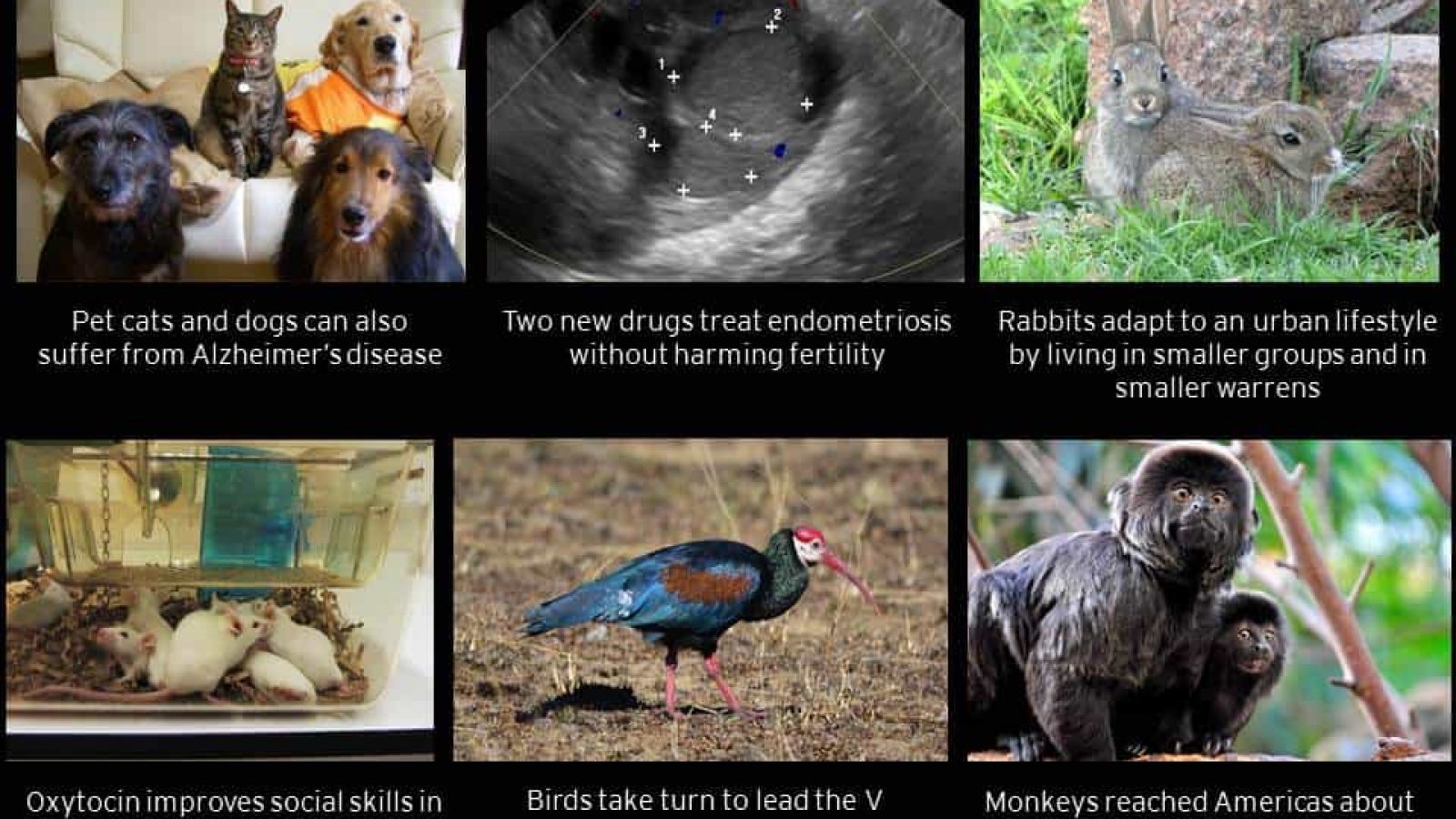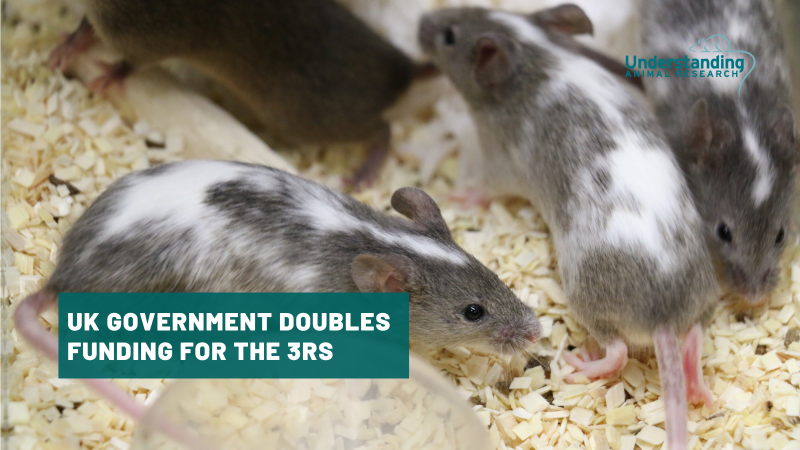03/01/15
Rabbits too are adapting to the city life. Scientists found that rabbits are adapting by their warrens being smaller than those in the country. Their homes are packed closer together, and the rabbits tend to live in smaller groups. This lifestyle change may be caused by plentiful food, warmer temperatures and fewer predators in the city. The overall rabbit population is declining in the countryside due to hunting and habitat loss but is stable in the cities. In 1995, an estimated 37.5 million lived in the UK but a recent study suggested that those numbers had fallen by 48% since 1993 Urbanisation is not limited to humans.
Madlen Ziege from Frankfurt University says: 'Burrow densities increased along the rural-to-urban gradient, accompanied by a gradual shift from accumulated towards more evenly distributed burrows. Burrows became smaller and less complex with increasing degree of urbanity, and accordingly, also the number of rabbits inhabiting the same burrow decreased.'
http://www.dailymail.co.uk/sciencetech/article-2936394/Rabbits-urbanites-City-bunnies-live-studio-apartments-lonely.html
Birds take turn to lead the V shaped formation when migrating. The front of the formation is the most energy depleting spot, and switching place allows each bird to take advantage of extra lift produced by the wings of the bird in front. The birds work in pairs, repeatedly swapping around between follower and leader.
"What we saw was that, for each bird, there's a very clear correlation between the time it spent in front, and the amount of time it followed another bird," said Dr Bernhard Voelkl, lead researcher from the University of Oxford's department of zoology. "It's crucial because these migrations are very tough for the birds and by reducing the amount of energy they use, they can really increase their [chance of] survival. They don't have to watch all the other birds in the flock - they just have to match to one other bird, so it's very simple, but also robust."
http://www.bbc.co.uk/news/science-environment-31060155
Dogs can suffer from Alzheimer’s disease too. According to veterinarian Lee Harris, it is surprisingly common. It is known as Cognitive Dysfunction Syndrome, and an estimated 50% of dogs over the age of 10 will show some kind of cognitive decline. The symptoms will not present themselves in the same way as in humans - dementia may cause trained dog to go to the bathroom in the house, to become disoriented in the home or yard, or to forget which door to use to get to the yard. Older cats, too, can suffer dementia-like symptoms, research has found. A University of Edinburgh study found that half of cats over the age of 15, and one in four cats between the ages of 11 and 14, suffer from Alzheimer's, which may cause them to become confused or aggressive. As in humans, a healthy diet, mental stimulation, human contact and physical exercise can help prevent cognitive decline in pets.
"Really, our brains are not that different from dogs’," Harris explains "The cellular changes of canine cognitive dysfunction would be recognizable under the microscope to any human brain pathologist: Plaques of beta amyloid — protein fragments believed to be the result of 'oxidative stress' — lead to distinctive 'neurofibrillary tangles' within the damaged nerve cells, and shrinkage of the brain appears in areas where memories are made and behaviours are shaped."
http://www.huffingtonpost.com/2015/02/01/dog-alzheimers_n_6564244.html
Oxytocin improves skills in autistic mice. People and mice with autism spectrum disorders have difficulty with social behaviour and communication. A drug called risperidone helps with some of the symptoms of autism – repetitive behaviours – but so far nothing was successful at improving the ability to socialize. However, giving oxytocin to mice with autism-like symptoms restores their social behaviour, and administered early after birth, the effects where longer lasting – into adolescence and adulthood.
“This suggests that there may be critical windows of time for treatment that are better than others,” said Daniel Geschwind, a UCLA professor of psychiatry, neurology and human genetics and senior author of the study. “The study shows that a primary deficit in oxytocin may cause the social problems in these mice, and that correcting this deficit can correct social behavior,”
http://www.alnmag.com/news/2015/02/oxytocin-improves-social-skills-autistic-mice
05/01/15
Monkeys reached Americas about 36 million years ago. Peruvian teeth fossils suggest ancient African primates somehow crossed the ocean, around 10 million years earlier than previously thought. Scientists believe first primates travelled to South America, which was once an isolated island before it joined the North America three million years ago, from Africa on natural rafts that drifted across the Atlantic Ocean. The two groups of primates then evolved separately to create distinct families. The ancestral monkey would have been small comparable to today’s tamarins Callimico and some species of Saguinus.
Mariano Bond, the palaeontologist who led the study of the fossils at the Museum of Natural Sciences in La Plata, said the animal would have been a small monkey with a body only around 10 inches long.
'The new specimens are important for understanding the origin and early evolution of modern platyrrhine (New World) primates because they bear little resemblance to any extinct or living South American primate, but they do bear striking resemblances to Eocene African anthropoids, and our phylogenetic analysis suggests a relationship with African taxa.'
http://www.dailymail.co.uk/sciencetech/article-2939967/Is-South-America-s-monkey-Fossils-Amazon-primates-cross-Atlantic-Africa.html
06/01/15
Two new drugs treat endometriosis without harming fertility. 10% of women of reproductive age suffer from this condition that causes cells that normally grow only in the uterus to travel into the abdominal cavity where they form lesions and cysts which can lead to infertility and chronic pain. The condition causes infertility in 50% of cases. Surgery can be used to post pone the pain until the lesion grow back, but on the long-term, oestrogen hormones are reduced throughout the body to diminish the growth of cysts and lesions. However, this has severe side effects such as menopausal symptoms and infertility.. However, researchers have just found that oestrogen receptors in lesions are different from those in normal reproductive tissue. Thankfully two drugs tested in mice have been developed that only affect those receptors in the wayward endometrial tissue.
Christian Becker, a consultant gynaecologist and endometriosis specialist at the University of Oxford, says the research is encouraging. "It's fascinating to see the drugs had very little effect on the [normal] endometrial tissue and the pups, but we have to wait to see whether this will hold up in humans."
Last edited: 6 April 2022 09:10




